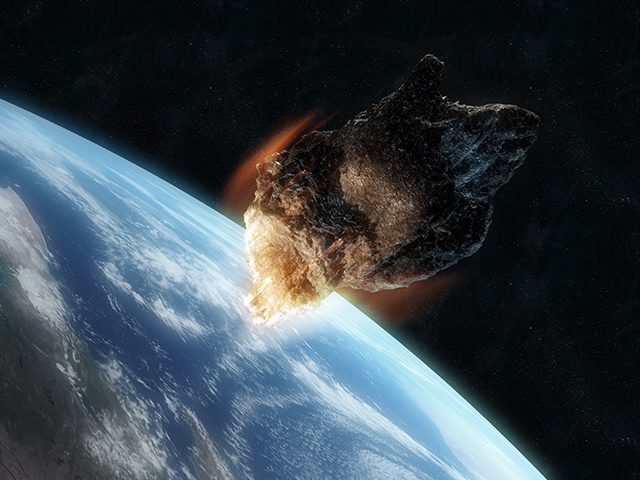Filtered By: Scitech
SciTech
Mysterious forces make this asteroid 'blast-proof' —and it's headed our way!

This near-earth asteroid may pass close to our planet within this millennium, and attempting to blast it to pieces may not be the wisest thing to do.
Unknown forces apart from gravity
That's because asteroid (29075) 1950 DA, a "rubble-pile" asteroid, is held together by cohesive forces apart from gravity, according to a report on Nature.com.
Using information about how sunlight nudges the rock through space, along with measurements of its shape and the thermal properties of its surface, a team from the University of Tennessee in Knoxville found that 1950 DA is light and not dense enough for gravity to pull it together.
They then concluded that as-yet not fully understood cohesive forces must be at work.
Learning to drag, mine asteroids
Nature.com said it is important to understand these forces so that NASA can learn to drag asteroids into lunar orbit to study them, according to Daniel Scheeres, an aerospace engineer at the University of Colorado Boulder.
“You’d want to avoid interacting with the asteroid directly,” it quoted Ben Rozitis, a planetary scientist and co-author of the study, as saying.
Rozitis said one possible strategy to deflect such an asteroid may involved a "gravity tractor," or a spacecraft that would fly near the asteroid and pull it to a new trajectory.
He said this could be better than blasting the asteroid, as no one knows exactly how the cohesion factor would be a factor if the fragments are blasted apart.
This may also be useful to commercial companies planning to mine asteroids, Scheeres added.
Close pass by Earth
In the case of 1950 DA, it will pass close to Earth in 2880, with its chances of htting Earth estimated to be 1 in 4,000—but previously estimated as high as one in 300.
“I just hope that an asteroid on a collision course with Earth will not be spinning rapidly and it will not be a rubble-pile asteroid,” said Bong Wie, an aerospace engineer at Iowa State University in Ames. — Joel Locsin/TJD, GMA News
More Videos
Most Popular



